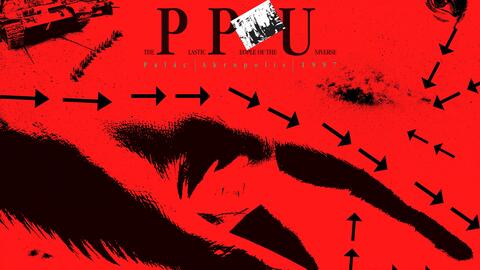The Cost of Down Per Tonne
The Cost of Down Per Tonne refers to the cost incurred by a company to produce one tonne of down. This cost includes the cost of purchasing raw materials, processing and manufacturing the down, as well as the cost of transporting and storing the finished product. The Cost of Down Per Tonne is an important financial metric for companies that produce down, as it provides a clear understanding of the cost of production and helps to determine whether or not the company is making a profit on its down production. By monitoring this cost, companies can make informed decisions about their production levels and costs, which in turn affects their overall profitability.
Down, a highly-insulating natural material, is widely used in the production of jackets, coats, and other clothing items. Its unique properties, such as warmth, lightness, and compressibility, have made it a popular choice for outdoor wear. However, the cost of down per tonne can vary depending on several factors, including the type of down, its quality, and the market demand.

In this article, we will explore the cost of down per tonne in detail. We will look at the factors that influence the price and discuss how to calculate the cost accurately. By understanding these aspects, you will be able to make informed decisions when purchasing down for your business or personal use.
What Influences the Cost of Down Per Tonne?
1、Type of Down: There are several types of down, each with its own unique properties and cost. For example, duck down and goose down are common types used in clothing. These two types of down differ in their density, warmth, and texture. Goose down is generally considered to be of higher quality and therefore commands a higher price per tonne.
2、Quality of Down: The quality of down is measured by its fill power, which is the number of cubic inches one ounce of down can occupy. The higher the fill power, the better the insulation properties of the down and the higher the cost per tonne. Pure white down is also considered to be of higher quality and commands a premium price compared to grey or brown down.
3、Market Demand: The cost of down per tonne is also influenced by market demand. If there is a high demand for a particular type or quality of down, the price will generally be higher. Conversely, if there is a low demand, the price may be lower.
How to Calculate the Cost of Down Per Tonne?
Calculating the cost of down per tonne is not as simple as looking at the price per ounce or gram. You need to consider the type of down, its quality, and the market demand. Here is a basic formula to calculate the cost of down per tonne:

Cost per tonne = (price per ounce/gram) x weight in ounces/grams
For example, if duck down costs $5 per ounce and you need 1000 ounces (62.5 grams), the cost per tonne would be:
Cost per tonne = ($5 x 1000) = $5000
However, keep in mind that this is just a basic estimate. The actual cost may vary depending on the factors mentioned earlier. Always make sure to get quotes from several sources and compare them to get an accurate idea of the cost of down per tonne.
In conclusion, understanding the cost of down per tonne is essential for making informed decisions when purchasing this natural material. By considering the type of down, its quality, and market demand, you can calculate an accurate estimate of the cost. Always make sure to get quotes from several sources and compare them to get an accurate idea of the cost before making a purchase decision.
Articles related to the knowledge points of this article:
Title: How to Tie a Tie Perfectly: A Comprehensive Guide
Does Wearing a Tie Improve Your Chances in the Civil Service Interview? A Comprehensive Analysis
Title: Understanding the Cost of a Authentic CK Tie
Long-Style Down Jacket: A Fashionable and Functional Winter Outerwear



